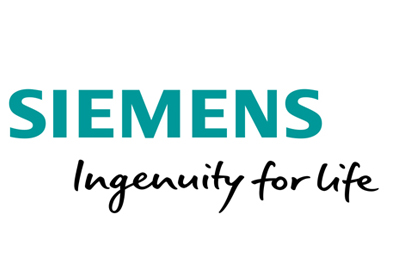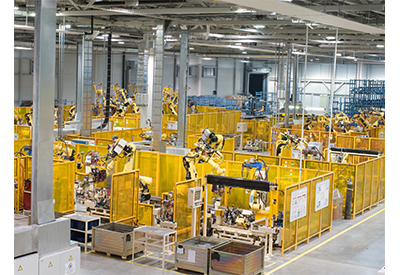Veltins Brewery Chooses Sustainable Electrification Solution From Siemens

September 13, 2021
C. & A. Veltins, one of Germany’s largest breweries, has set itself the goal of becoming one of the most modern and sustainable breweries in Germany by the time it celebrates its 200th anniversary in 2024. Siemens Smart Infrastructure is supplying technology to ensure the sustainable energy supply of a new building at the company’s headquarters in the town of Grevenstein in the Sauerland region, where a new bottling plant will go into operation in 2022. The centerpiece is the new 8DJH 12 blue GIS fluorine gas-free medium-voltage switchgear. It completely eliminates the greenhouse gas sulfur hexafluoride (SF6) as well as other fluorine gases. Instead, the switchgear uses the climate-neutral Clean Air insulation gas, which consists exclusively of natural components of the ambient air. The system is supplemented by low-voltage technology with digital measurement and communication functions for safe and efficient power distribution.
“By opting for environmentally friendly, fluorine gas-free switchgear from Siemens we are extending our sustainability principle to the field of energy supply. This not only guarantees a reliable supply of energy for our new building and bottling plant, but also reduces our carbon footprint and protects the environment,” said Peter Peschmann, technical director at C. & A. Veltins.
“With our blue GIS switchgear, the customer benefits from both cost-effectiveness and excellent environmental compatibility,” said Stephan May, CEO of the Distribution Systems Business Unit at Siemens Smart Infrastructure. “We take advantage of gas-insulated switchgear technology, but no longer use fluorine gases. Instead, we use Clean Air, a climate-neutral insulating gas.”
In the new building at Veltins, Siemens is also installing Sivacon S8 low-voltage switchgear with the new 3WA air circuit breakers as well as the Sivacon 8PS busbar trunking system, which is significantly more flexible and economical because it replaces conventional cabling. The systems and components have full communication capabilities and are able to collect precise energy and condition data and transfer it directly to energy management and IoT systems for visualization and further analysis. Among other things, this makes it possible to identify potential savings and significantly improve operational energy efficiency.




